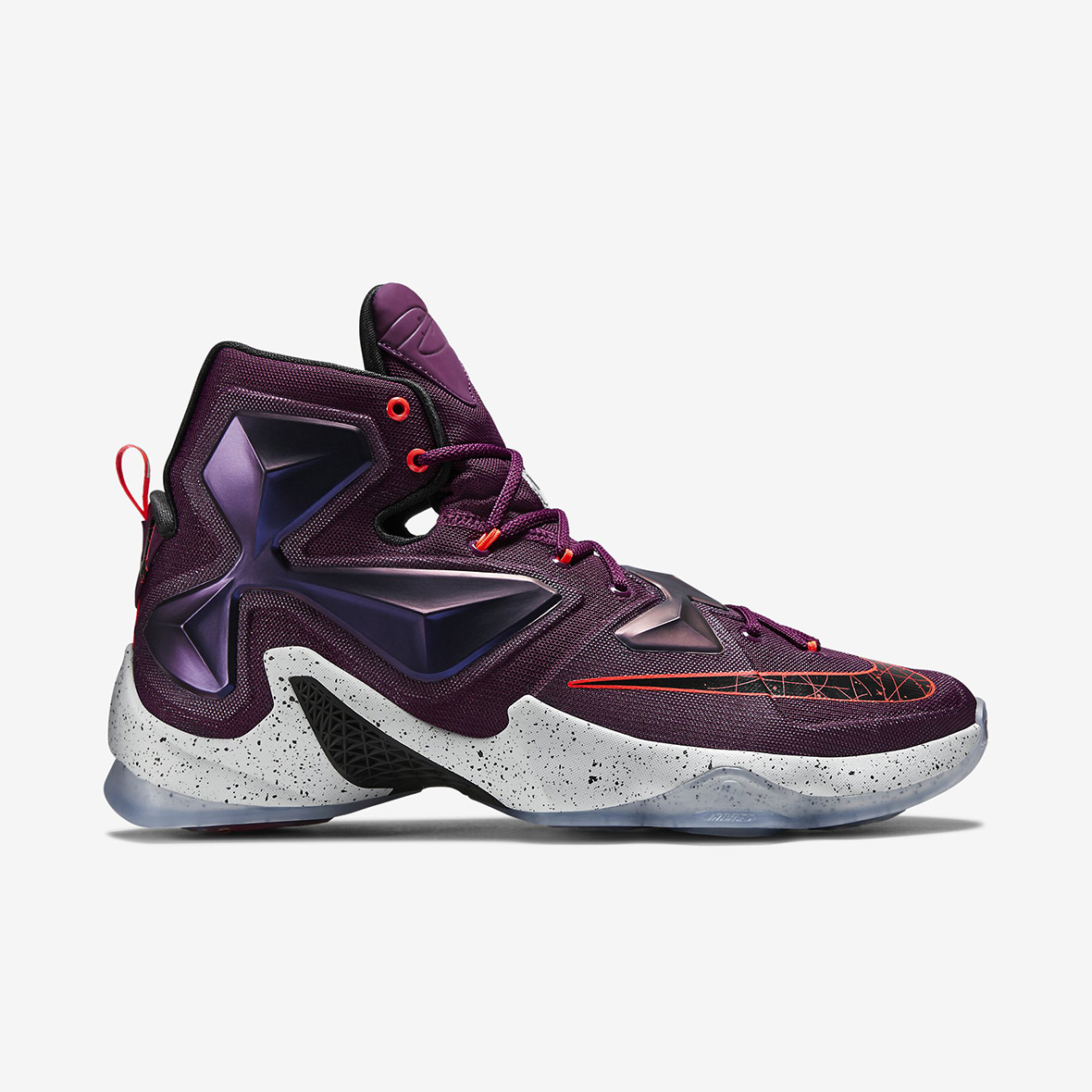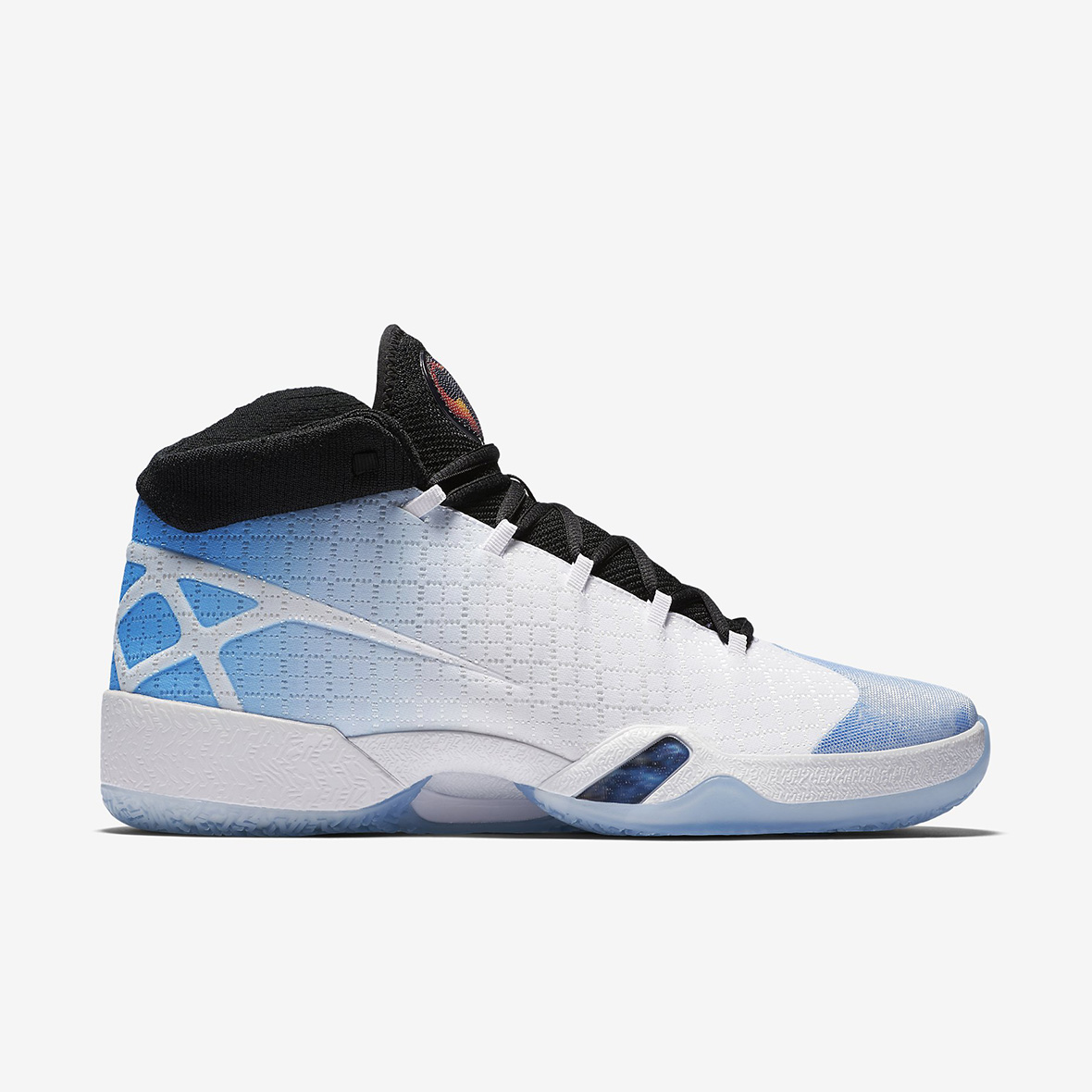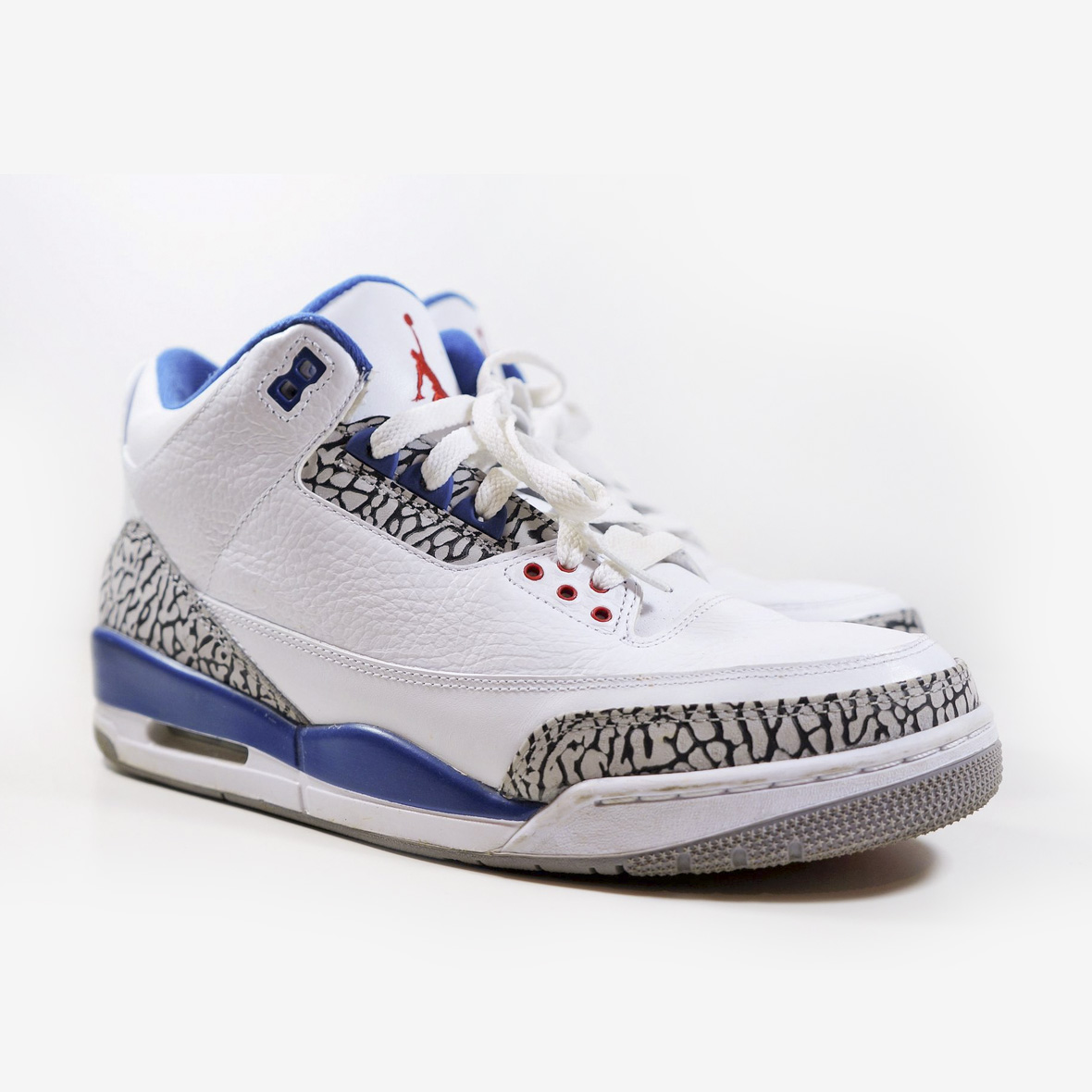Why Does the World’s Best Basketball Player Wear Such Corny Sneakers?
The mystery of the Curry Two.
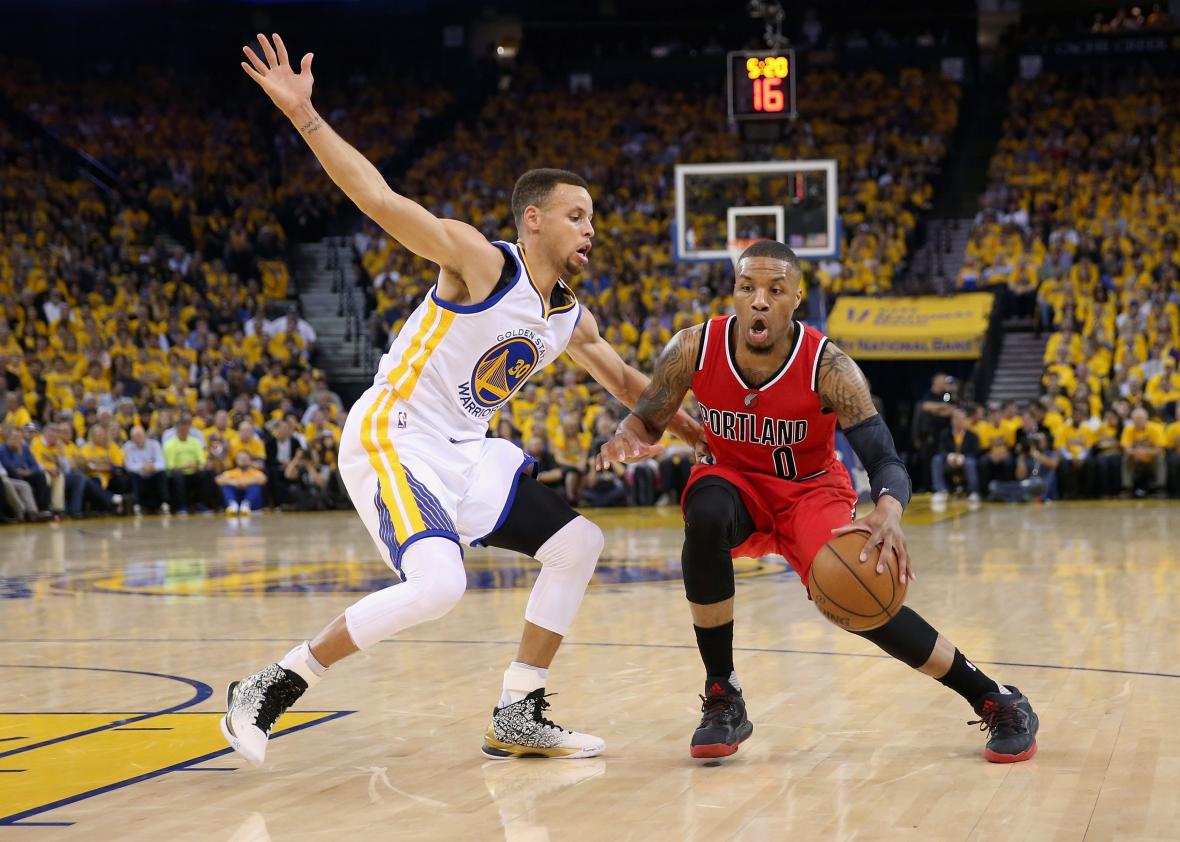
Ezra Shaw/Getty Images
In March, ESPN.com published a riveting account of perhaps the biggest coup in the history of branded sports apparel. As Ethan Sherwood Strauss reported, Nike seemed to take for granted that Stephen Curry would always wear the brand, which he’d been loyal to since his college days at Davidson. Back in 2013, the sneaker behemoth made only a half-hearted effort to sign the soon-to-be MVP and NBA champion to a new endorsement deal. How half-hearted? One Nike official mispronounced Curry’s first name as “Steph-on.” The company also seemed to recycle a PowerPoint it had made to woo Kevin Durant—and left Durant’s name on one of the slides.
That left the door open for Under Armour, the upstart sportswear company founded in 1996 by former Maryland football player Kevin Plank. Among other tactics, Under Armour gave Curry’s then-teammate Kent Bazemore an endorsement deal, lavishing him with shoes and gear as if he were a franchise player, not an undrafted rookie, in the hope that he would conduct a whisper campaign on the company’s behalf. Under Armour’s cunning paid off. With an assist from Bazemore, who proved an able pitchman, the company signed Curry to a long-term contract, locking in the diminutive guard as he graduated from All-Stardom to superstardom.
The Curry Two, the current iteration of his signature sneaker, has been a massive retail success. A March Morgan Stanley note, first described by Business Insider, reported that Under Armour’s basketball shoe sales were up a massive 350 percent year to date. While an analyst from the research firm NPD Group told Quartz that he’d still bet on Nike stalwart LeBron James outselling Curry this year, Morgan Stanley projected that Steph will zoom past LeBron in 2016, with annual sales of Curry’s shoes trending toward $160 million. That would leave the Golden State Warriors guard trailing only Michael Jordan, who in retirement remains by far the biggest name in athletic footwear.
These impressive sales numbers come with one big caveat: Curry’s signature shoe has almost no cultural cachet. Curry Two sightings are rare on the street, where Nike remains dominant; Adidas is fast on the rise; and even marginal players like Asics and Saucony get more affection from the cognoscenti. While the umpteenth remix of a retro Jordan reliably lights up the sneaker-obsessed corners of the internet, sneakerheads are hesitant to pull cash out of their shoeboxes to buy new colorways of the Curry Two. “We don’t believe UA has penetrated the ‘Sneakerhead’ market with its basketball footwear offerings,” the Morgan Stanley note warned.
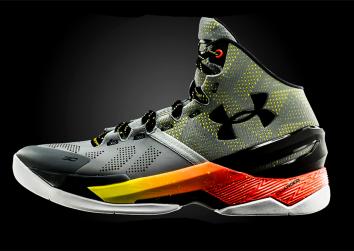
Under Armour
The Curry Two is first and foremost an on-court sneaker. On an April earnings call, Plank credited Curry with helping UA reach “the hardcore basketball kid.” Even Curry, who fiercely defends the Under Armour brand, has acknowledged that the Curry Two is “a shoe to play basketball in,” tacitly granting that it’s not gained traction on the street, in the mall, or on the feet of cultural influencers like Drake (a partner with Nike’s Jordan Brand subsidiary) or Kanye West (who designs for Adidas).
There’s nothing wrong with a basketball sneaker enjoying popularity on the basketball court. But as ESPN.com’s Sherwood Strauss noted, the signature-sneaker business has always been about more than moving units. It’s about establishing a legacy that will endure past your final game. “Look down as you walk the streets of any city, and it’s as if Jordan never retired,” he wrote. “It’s not immortality, but it might be as close as an athlete gets in the ephemeral world in which we live.” On the internet, the post-retirement Jordan is now the butt of a never-ending joke. In the sneaker world, he’s still His Airness.
That Jordan’s sneakers remain as popular today as they were in his prime has something to do with his basketball prowess. But it’s also a function of the mystique Nike created around the Air Jordan brand, and of Jordan’s partnership with the legendary Tinker Hatfield, who crafted models for the star that broke with convention. Hatfield’s design innovations—the instantly iconic “Jumpman” logo he introduced with the Jordan III, the unlikely strips of patent leather he added to the Jordan XI—lent the sneakers off-court appeal, as did the stories he spun about his own creative process. The Jordan V was inspired by the design of World War II–era Mustang fighter aircraft.
The Curry Two, by contrast, looks to have been inspired by … ordinary basketball shoes. Unlike the instantly recognizable Cubism of Nike’s Lebron XI or the Futurism of the Lebron XIII, the Curry Two has few identifying characteristics. Stripped of the “SC” on its tongue, you might have a hard time distinguishing its silhouette from that of the UA Charged Stepback. (The Curry Two is anonymous enough that Kent Bazemore, now of the Atlanta Hawks, wears them on-court without anyone looking askance.) The one distinctive touch is discreet enough as to be easily overlooked: On the inner heel counter of each shoe are the words “I can do all things,” written in Curry’s own hand.
The ostensible boast is in fact a truncated version of Philippians 4:13: “I can do all things in Christ who strengthens me.” That the sneaker’s lone flourish attests to Curry’s piety—and good penmanship—points up one challenge for the player and his sponsor as they pursue the more elusive goal of lifestyle appeal. Though Curry has no shortage of swagger on the court—he’s fond of turning to trot back on defense as one of his 35-footers is still arcing its way to the bottom of the net—off the court he’s known for such roguish pursuits as being a devoted husband and doting father. In Curry’s telling, he signed with Under Armour after his then 1-year-old daughter Riley, presented with sneakers from all of his suitors, picked up an Under Armour Anatomix Spawn and handed it to her father. “So I knew right then,” Curry told ESPN.com. (An updated list of Under Armour’s top recruiters: Kent Bazemore and an infant.)
It’s a sweet story, though not the kind of material from which street appeal has typically been forged. Dating back to Charles Barkley’s “I’m not a role model” campaign, Nike has a history of signing players who possess considerably more edge than Curry, who recently co-starred with Barack Obama in a PSA promoting My Brother’s Keeper, the president’s mentorship program. Russell Westbrook, who reps Nike’s Jordan Brand, treats the tunnel to the locker room like it’s a catwalk. On the floor, he plays a thrilling but erratic game, not always able to govern his extraordinary abilities or his emotions. In an ad that debuted this winter, promoting the latest Jordan release, a brooding Westbrook struts to the court like a boxer approaching the ring. A tweenage hype-man boasts of Westbrook’s raw talent and rawer temperament: “What y’all expect, another choirboy running point?”
Nike has always sold otherworldly talents, not relatable ones. “Be like Mike” was Gatorade’s jingle; Nike made no such promises. In one of the first commercials Spike Lee cut with Jordan, Lee’s Mars Blackmon character told viewers they could purchase Jordan’s sneakers, but they would never approximate his play on the court. “This you can buy,” he said, holding up a pair of Cement Jordan IVs. “This you cannot do,” he said, as Jordan hammered home a dunk. (“It’s gotta be the shoes,” was Blackmon’s enduring catchphrase from the ads for the Jordan V. We’re less apt to remember Jordan’s response: “No, Mars.”)
Under Armour, by contrast, is a performance brand. Its proposition to consumers is a straightforward one: We manufacture apparel that will make you better at sports. Plank started the company when he grew frustrated with the cotton shirts that Maryland football players wore beneath their jerseys, which soon became soggy with sweat. Under Armour’s original product was a treated-polyester garment that wicked away moisture, keeping the athlete dry.
The company muscled its way onto the sports apparel scene by winning the trust of athletes—football, basketball, and baseball players who believe that UA’s product helps them best the competition on the playing field. That history is evident at Under Armour’s New York City “Brand House,” where the main floor is dedicated to compression tights and other gear made for training. Basketball is in the basement, next to golf. Walk across the street to the flagship Adidas store, and among the first products you see is the D. Lillard 2.0, the sleek signature shoe of Damian Lillard. The Portland Trail Blazers’ point guard just lost to Curry’s Warriors in the Western Conference playoffs, but Lillard is ahead when it comes to retail real estate.
The Curry Two is clearly a performance shoe, by many accounts a good one, and Curry’s outrageous performances over the past two seasons have carried it to great success. For now, that success is limited to the court. But, at least according to Curry, that’s going to change very soon. The sneaker’s next model, he told Sole Collector this winter, will “have a more lifestyle feel.” The Curry Three will “be something you could wear on the court to hoop, but you can also throw on a pair of jeans and look good in them.”
Can Curry achieve the off-court appeal of rivals like James, Bryant, and Kyrie Irving? Betting against Curry has never been a winning proposition, and there’s reason to believe that he and Under Armour can evolve. Nike got its start focusing on performance, too—Phil Knight founded the company after he grew frustrated with the quality of the running sneakers he slipped on when he ran track at the University of Oregon. It even took time for the Jordan line to find its aesthetic. Hatfield didn’t take over until the Jordan III, the first model to feature the Jumpman, a visible cushioning system, and flourishes like the now-classic elephant print that adorned the sneaker’s toe box. Great sneakers aren’t born; they’re made.
Though Nike still owns 95 percent of the basketball market, it certainly seems to be taking the Curry threat seriously. Two days before ESPN.com published Sherwood Strauss’s article, news broke that Nike had poached Dave Dombrow, Under Armour’s senior vice president of design, who had overseen the development of the Curry line.
Under Armour is making a few moves of its own. Last week, after Curry won his second-consecutive MVP award—by a unanimous vote, an NBA first—UA released a special edition “back-to-back MVP pack” of the Curry Two. The two pairs, in luxe black, white, and gold colorways, quickly sold out, despite a $400 price tag. David Weiner, a senior research analyst at Deutsche Bank Securities who follows the sneaker market, told me that the success of “drops” like the MVP pack suggests that Under Armour is poised to mimic Nike’s model of building buzz among the sneakerhead community through special editions and limited-quantity releases.
Curry’s deal with Under Armour runs through 2024. UA has time. For now, though, Weiner said the company would do well to continue pressing its advantage as a performance brand rather than trying to beat Nike and Adidas at the lifestyle game, where the more mature companies are far more practiced. In the near term, that may put Plank’s interests at odds with those of his marquee basketball star. Or maybe Curry’s claim that he wants his sneakers to look good with jeans is really just a feint, the business equivalent of one of Curry’s patented jukes.
Perhaps there was more calculation behind his choice of endorser than the Riley Curry origin story would have you believe. The Warriors point guard, who got an ownership stake in Under Armour as part of his new deal, is well-suited to be the face of a performance brand. Unlike above-the-rim stars like Jordan or James, Curry’s greatness is based on ball-handling legerdemain and lethal long-distance shooting, skills a player who has little hope of posterizing an opponent can nevertheless aspire to. (You can do all the things Curry can, just not as well.) Curry reinvented what a basketball superstar looks and plays like. Why couldn’t he redefine what sneaker success looks like, too?
The moment might be right for a new model of high-top hegemony. Deutsche Bank’s Weiner told me that the next front in the basketball sneaker wars won’t be fought on the streets of American cities but on the courts of China, where basketball is wildly popular and “hardcore basketball kids” far outnumber snobbish sneakerheads. Under Armour has already opened 60 stores throughout Asia, with plans to open 120 in China this year. Last September, Plank and Curry traveled to Beijing, Chongqing, and Shanghai to plug the Curry Two. It seems to have had an effect: Under Armour beat its first-quarter projections in part on the strength of sales of the Curry Two in China.
In introducing his sneaker to the Chinese, Curry called it “a very, very good shoe,” praising it as lightweight, supportive, and comfortable. Those aren’t the traditional attributes of cool, but maybe Curry is playing a different game.
*Correction, May 16, 2016: Due to a production error, a previous lead image on this article depicted Curry wearing a new version of his signature sneaker, the as-yet-unreleased Curry 2.5, but described it as the Curry Two. The current image depicts him in the Curry Two.
